Waterproofing Solutions for Building Protection

Spring offers ideal conditions with moderate temperatures and minimal rainfall, making it suitable for waterproofing projects.
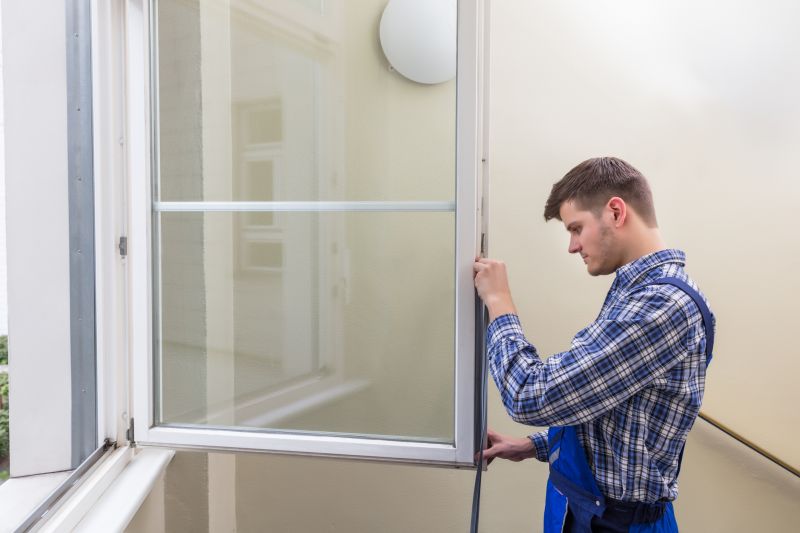
Summer's warm weather facilitates proper curing of waterproofing materials, but high humidity may require extra precautions.

Autumn provides cooler temperatures and less rain, creating a favorable environment for waterproofing work.
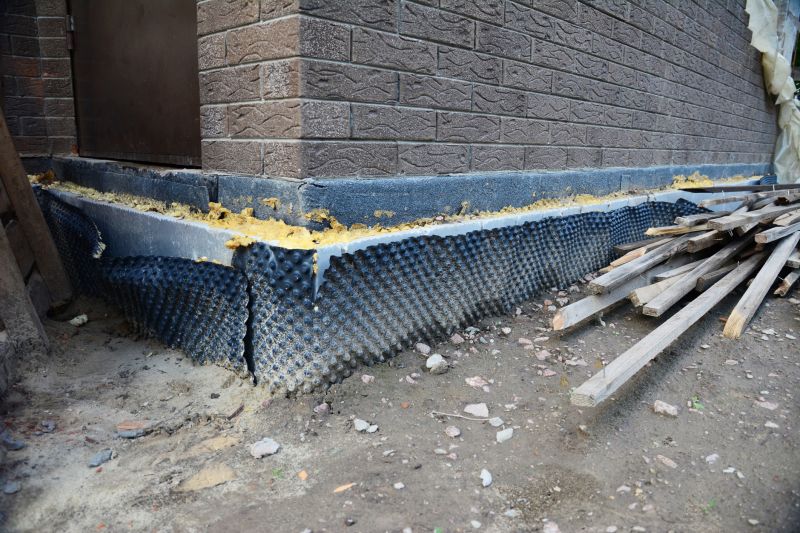
Winter is generally less suitable due to low temperatures and increased risk of freezing, which can impair waterproofing effectiveness.

Applying waterproofing before construction begins ensures protection from moisture during building phases.
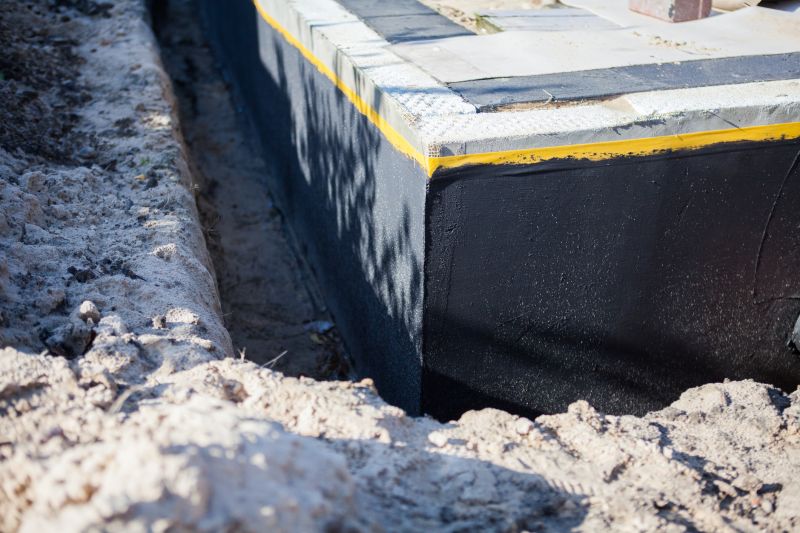
Post-construction waterproofing is ideal when addressing existing moisture issues or enhancing protection after building completion.
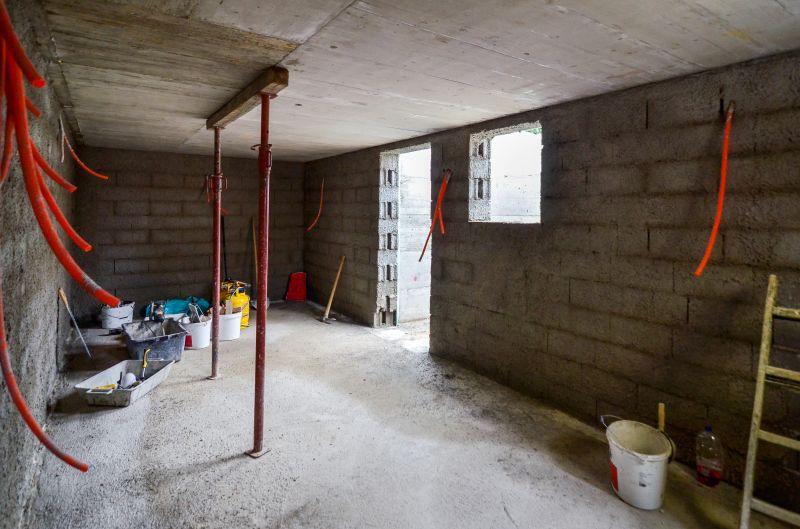
Ways to make Waterproofings work in tight or awkward layouts.
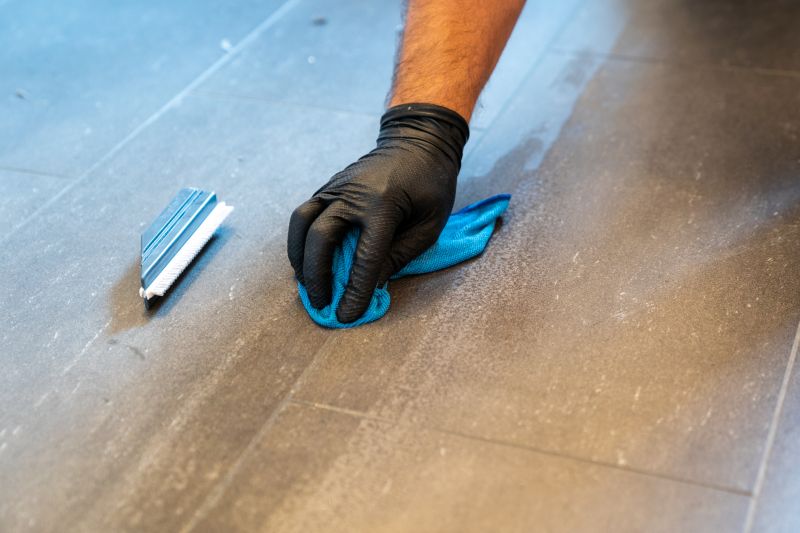
Popular materials for Waterproofings and why they hold up over time.
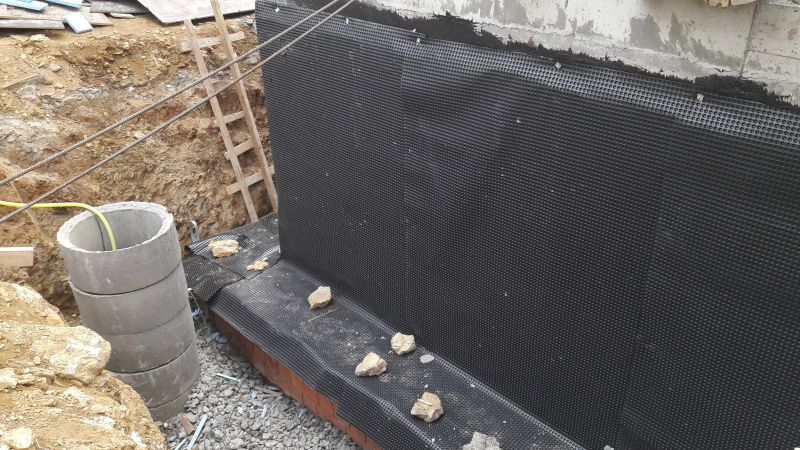
Simple add-ons that improve Waterproofings without blowing the budget.
Waterproofings are essential for protecting structures from water intrusion, which can cause damage, mold growth, and structural deterioration. Properly timed waterproofing application maximizes durability and effectiveness. Statistics show that buildings with correctly applied waterproofing have a significantly lower incidence of water-related issues, reducing maintenance costs over time.
The best time to perform waterproofing depends on climate conditions and project requirements. Generally, dry, moderate weather conditions facilitate optimal application and curing of waterproofing materials. Seasonal considerations, such as avoiding freezing temperatures or excessive rain, are crucial to ensure long-lasting results.
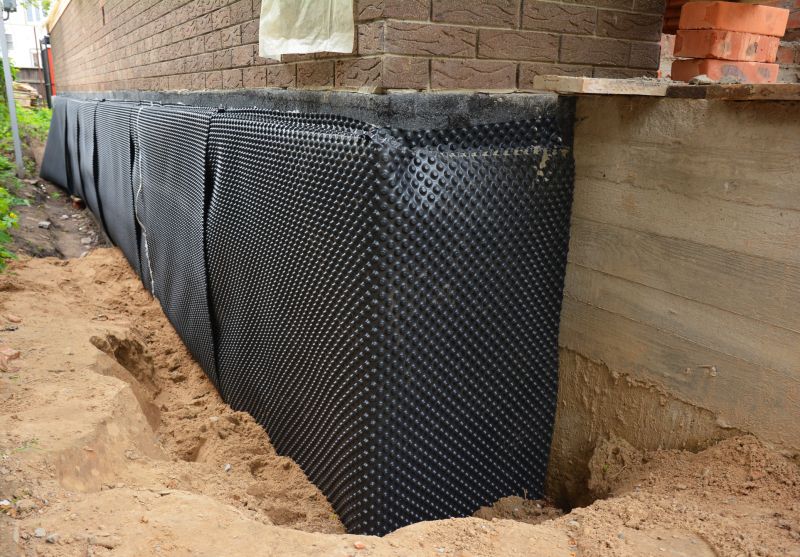
Various materials like membranes, coatings, and sealants are used, each suited to different environmental conditions and building types.

Proper surface preparation and application methods are vital for waterproofing effectiveness and longevity.
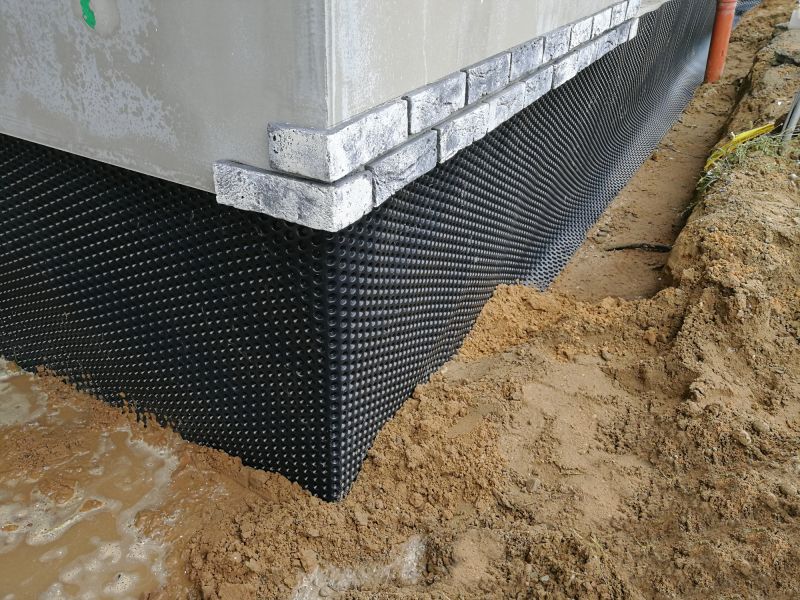
Issues such as improper installation, material incompatibility, and environmental factors can compromise waterproofing performance.
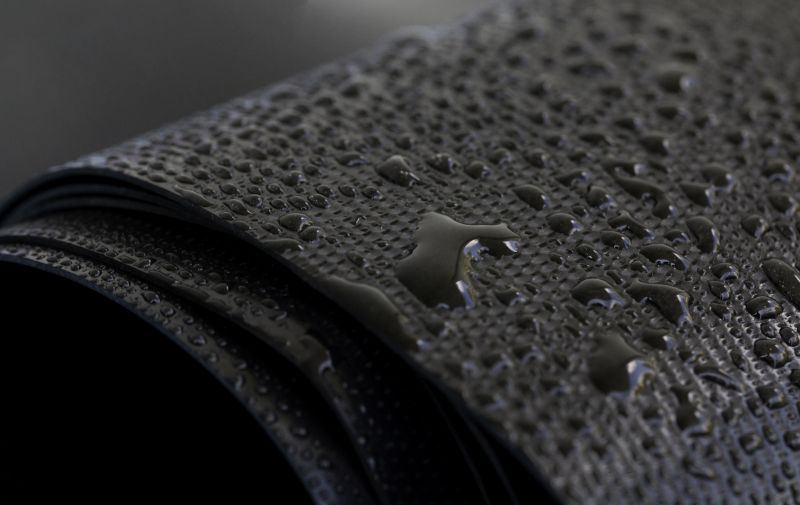
High-end options that actually feel worth it for Waterproofings.
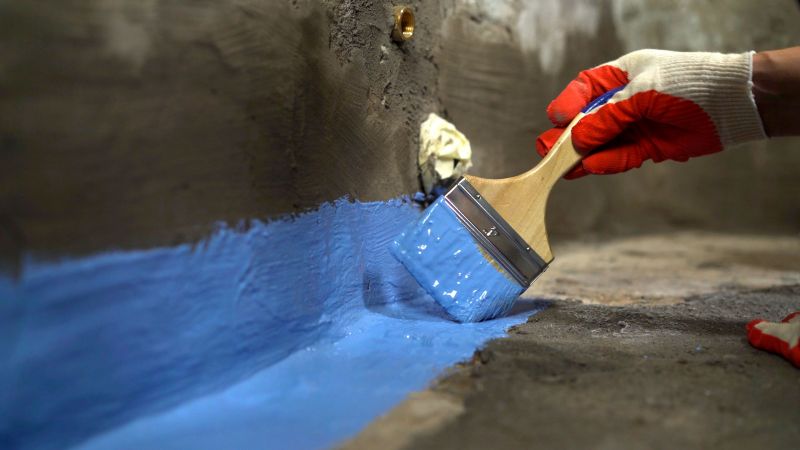
Finishes and colors that play nicely with Waterproofings.
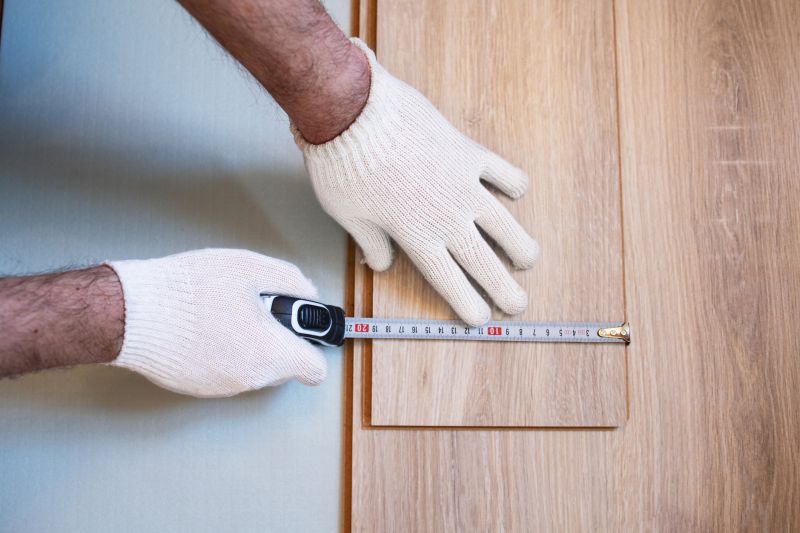
Little measurements that prevent headaches on Waterproofings day.
| Season | Optimal Conditions |
|---|---|
| Spring | Moderate temperatures, low rainfall |
| Summer | Warm weather, manageable humidity |
| Autumn | Cool temperatures, dry conditions |
| Winter | Low temperatures, risk of freezing |
| Pre-Construction | Before building begins |
| Post-Construction | After building completion |
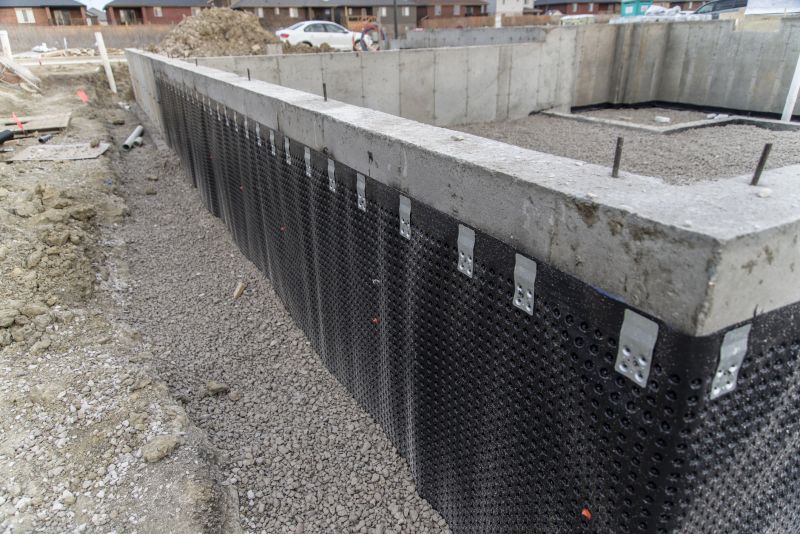
Applying waterproofing membranes on foundation walls.
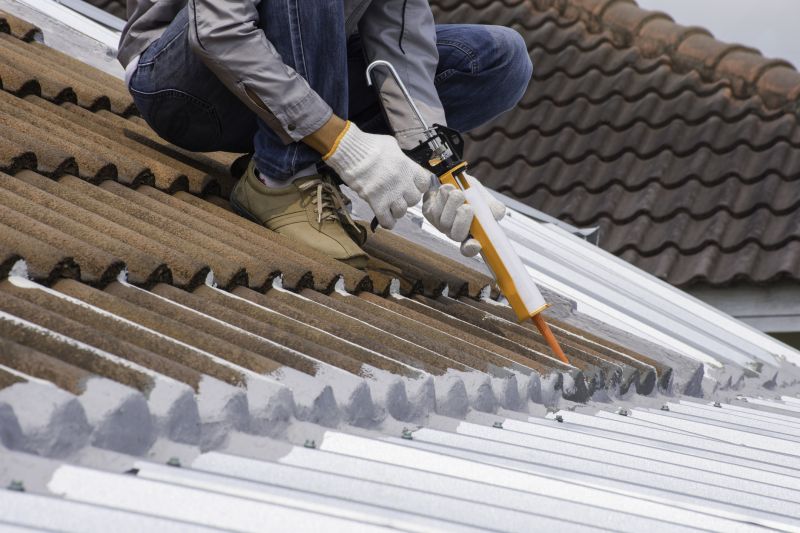
Using sealants during optimal weather conditions to prevent leaks.
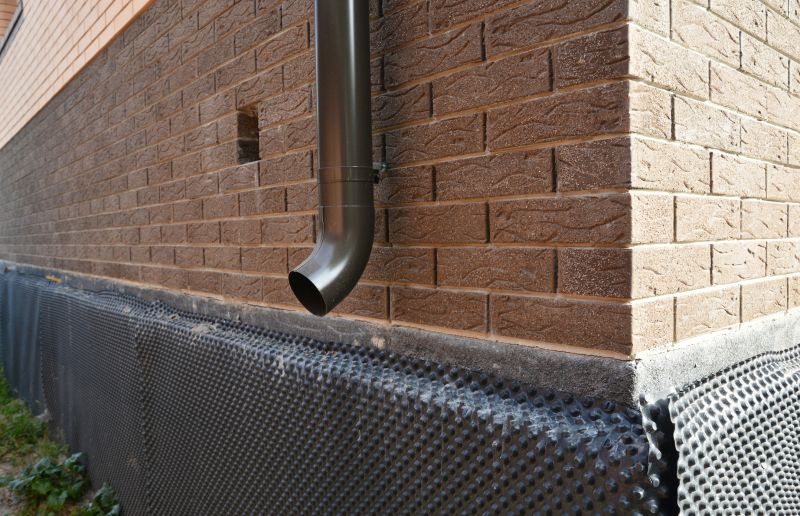
Installing interior drainage systems to manage moisture.
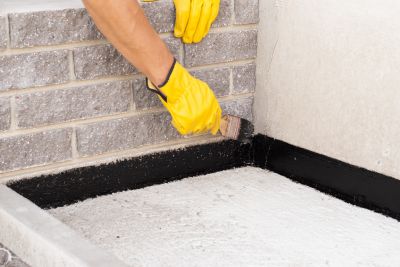
Various waterproofing products suitable for different surfaces.
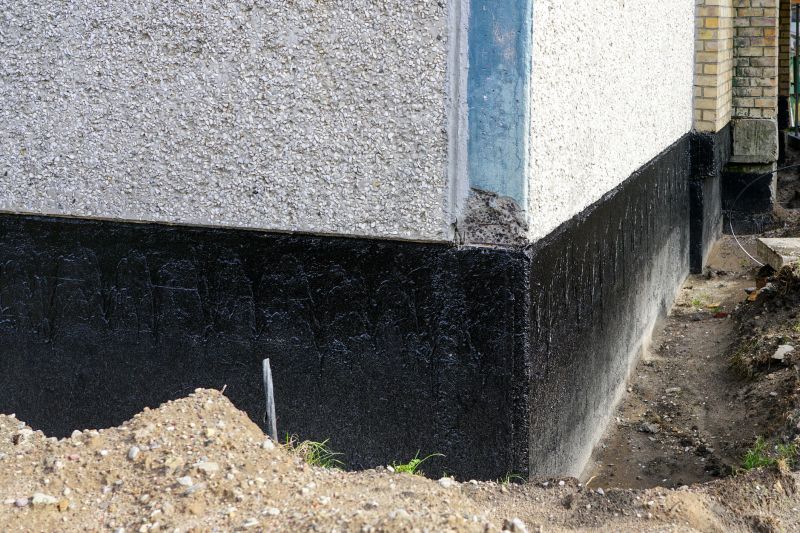
A frequent mistake in Waterproofings and how to dodge it.
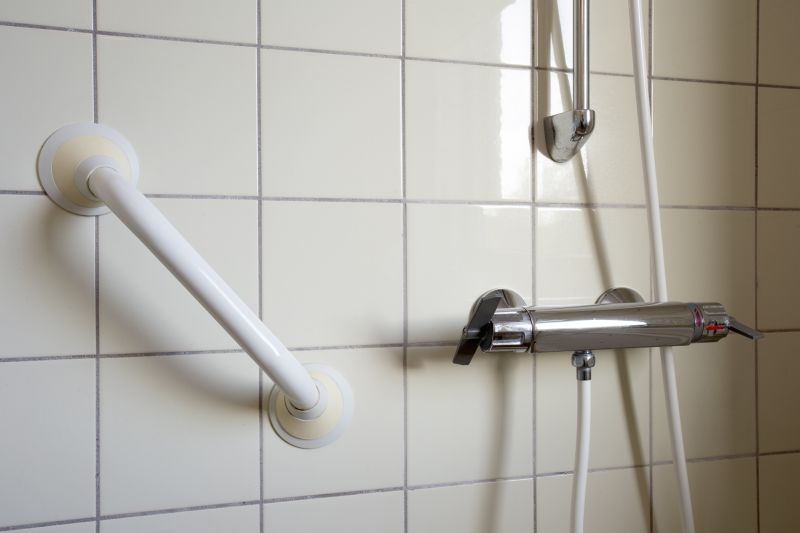
Small tweaks to make Waterproofings safer and easier to use.
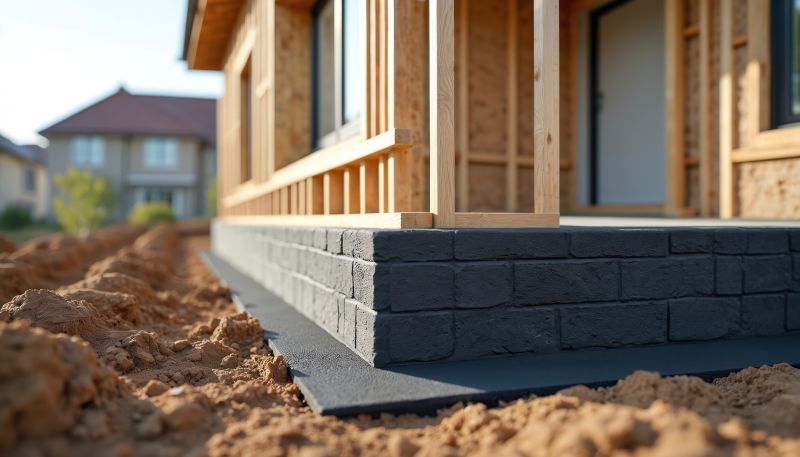
Lower-waste or water-saving choices for Waterproofings.
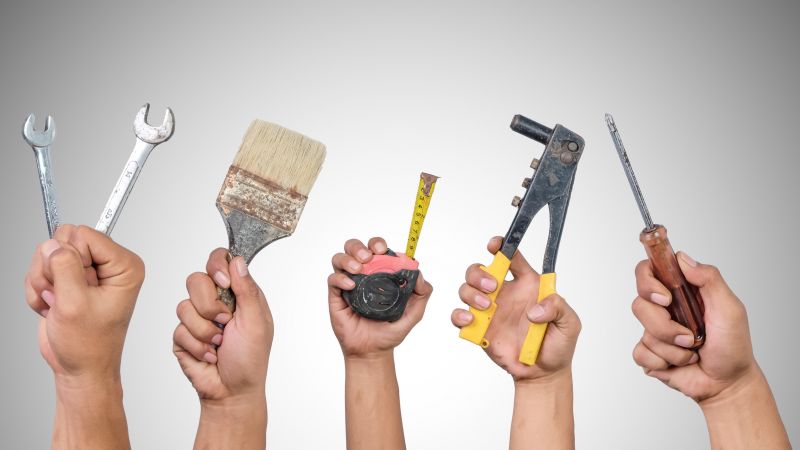
The short, realistic tool list for quality Waterproofings.
Interested in waterproofing services? Filling out the contact form can provide tailored solutions to protect structures from water damage effectively.
Rough timing from prep to clean-up for Waterproofings.
Quick checks and paperwork to keep after Waterproofings.
Examples that show the impact a good Waterproofings can make.

